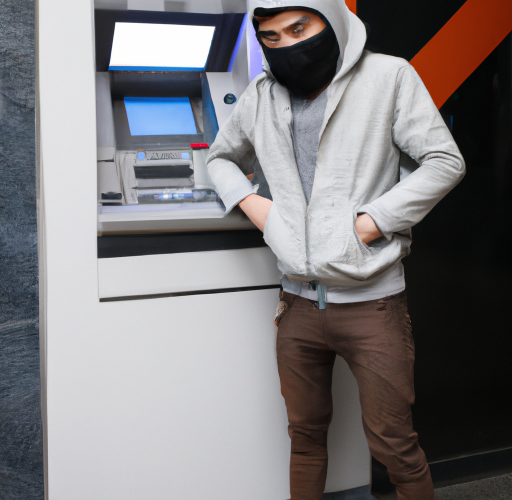ATM Scams: What Everyone Should Know and how to dodge them
October 9, 2023

In the hectic world of travel, whether you’re exploring a new city or wandering through a remote village, the need for instant cash is ubiquitous. Because travelers often rely on their credit cards, the convenience of withdrawing cash from an ATM is unparalleled. But that convenience also carries the risk of fraud, especially if you’re in unfamiliar territory. It’s insanely inconvenient when the next time you use your credit card, the ATM gives you an error message and you can’t get any more money. Let’s go on a journey to understand what ATM fraud is and how you can avoid it.
What are the common types of ATM scams?
Skimming adventures
When you’re jetting across the globe, beware of skimming devices. These tiny devices are inconspicuously attached to the card slot of ATMs. When you insert your card, the skimmer secretly records your data. Often there is also a hidden camera just waiting to capture your PIN.
The Deceptive Keyboards
Quite a common scam. Imagine entering your PIN, but without you realizing it, a fake keyboard records every keystroke you make. This is a scammer’s dream and a traveler’s nightmare. And that’s exactly how it works! So always check the ATM keypad. Is it loose and can it be moved? Finger away!
The Card Trap Expedition
In this amazing scam, your card is caught in the ATM with a device. You may think the machine is just being cranky, you got unlucky and you walk away… But this is the time when the scammer comes for his loot.
Phishing Journeys
Some ATMs look like they’re struggling and keep asking for your information. But beware. This could be a phishing trap that intercepts your valuable data.
Remote Access Reconnaissance
In our technology-driven age, some scammers don’t even need to be near an ATM. They can hack into the machines remotely or send you official-looking messages to collect your data. The problem with this type of scam is that the software has been hacked. For the user, nothing actually suggests that they are currently sharing their credit card details. This makes this kind of attack very unpredictable.
Never accept the suggested exchange rate
Now let’s move on to a scam that is carried out by the ATM providers themselves. Nowadays, banks try to take advantage of their position through the existing “primal trust in banks” and relieve the customer of extra money through an unfair currency conversion. Never confirm something you don’t understand. You can find a detailed article about this common scam here.
9 Travel-Smart Tips to Dodge the Scams:
1. Know your ATM:
Before you commit to a transaction, inspect the ATM. Look for abnormalities such as inconsistent colors or loose parts. Is everything really in its place? Is the keypad loose? A wobbly card slot? There could be a skimmer in there.
2. Guard Your Treasure (PIN):
Protect your PIN like your passport. A quick check of the keyboard and a simple cover of your typing behaviour can keep prying eyes or sneaky cameras away.
3. Familiar Surroundings:
As a traveler, it is tempting to use any available ATM. But be mindful of your surroundings. Do you have a good gut feeling? Try to use ATMs in well-lit areas or bank buildings. They are much less likely to be compromised.
4. Check your account regularly:
In the midst of your adventures, take a moment to review your bank statements. Discover an unauthorized transaction? Sometimes it happens that an online purchase like a bus company charges you twice. Notify your bank as soon as possible.
5. Stay Connected:
Make sure your bank can reach you. Update your contact information so that you can report suspicious activity and, if in doubt, get in touch quickly to get a replacement card.
6. Chip Over Stripe:
ATMs with chip readers offer an added layer of security. Prioritize them over the magnetic stripe ones.
7. Stranger Danger:
A friendly face offering help at an ATM. That can set off the warning bells. Politely decline and remain vigilant.
8. Stay Informed:
In the ever-evolving world of scams, knowledge is your best defense. Keep up to date with the latest scam techniques.
9. Alerts on the go:
Enable transaction alerts! Nowadays in the digital world, where each of us has a mini-computer (mobile phone) with us, a scam alert is a great prevention. A scam alert is a notification or warning about possible or ongoing fraudulent activity. If you receive a scam alert, it is important that you take an immediate look at your bank account or credit card account and contact your bank. It’s like having a security guard for your account.
The appeal of travel is undeniable, but it’s also important to protect your finances. As you travel the globe, remember that a little forethought can save you from a lot of trouble. Here’s to safe travel and even safer banking! To all the travel enthusiasts out there, have a safe trip and safe transactions!









